Video: India — A Nation Heading Towards a Water-Food-Energy Choke Point
After spending a month in India, Circle of Blue’s India team members debrief their findings.
Carl Ganter: Circle of Blue, with the Wilson Center, is looking at what’s probably the most important drama unfolding on the planet today, and that’s this confrontation between water, food, and energy. We created a project called Choke Point: U.S. Then we backed up and said, “Let’s take a look at China.” Our next Choke Point lens is to take a look at India, the world’s second-largest, second-most-populated nation.
Keith Schneider: In the ’60s and the ’70s, the policy was to make energy, electricity, and water free to the agriculture sector in a nation that knew serious starvation. We passed depot after depot after depot where grain was stored.
Aubrey Parker: Right now, they have close to 65 million metric tons of extra (rice), and it’s not being eaten. It’s very difficult for them to have to store it and have it rotting.
Keith Schneider: What’s that done? It’s stressed their water supply, their energy supply, by pumping water from deeper and deeper in the ground, which needs more electricity and deeper pumps. And they run them all day long, because there’s not electricity in the rest of the country to run those pumps. Half the electricity in Punjab is just to run the pumps to get the water that they’re wasting. While, on the other side of the country, they’re mining coal as fast as they can and building coal-fired power plants. They’re building them so fast [that] they can’t produce enough coal to keep them running — so you have these really interesting cycles of risk that are happening.
Carl Ganter: We have the biggest story unfolding on the planet, and Circle of Blue is the only organization on the front lines, putting it in context and finding out what some of the solutions are.
Aubrey Parker: The solutions that we saw while we were there were not at the government level, they were at the community-based level. Near Raipur, they were having their groundwater levels decrease every year, and they were having to drill their wells deeper and deeper. And so they built 32 dams so that the groundwater could soak in. We met with a man who is very interested in growing a new kind of biofuel. He’s hoping to offset some of the coal plants.
Keith Schneider: We discovered no evidence, at all, that India was ready to really dig into this policy change, because resource management is social policy, and 700 million farmers there are very accustomed to getting free electricity and free water. So, why should they change?
Click the video below to learn more about India’s water-food-energy choke points.
Map by Jinah Park, undergraduate student at Northwestern University’s Medill School of Journalism. Video by Allison Vogelsong, a former Circle of Blue intern. Photos by J. Carl Ganter and Aubrey Ann Parker, Circle of Blue’s director and news editor, respectively. Reach them at carl.ganter@circleofblue.org and circleofblue.org/contact.
Choke Point: India is produced in collaboration with the Woodrow Wilson International Center for Scholars and its China Environment Forum, with support from Skoll Global Threats Fund. The Wilson Center’s Asia Program, which provided research and technical assistance, produces substantial work on natural resource issues in India, including articles and commentaries on energy, water, and the links between natural resource constraints and stability.
is an editorial intern for Circle of Blue based out of Traverse City, Michigan. She holds a BA in International Relations from Michigan State University’s James Madison College. Her interests include water pricing, environmental economics and policy, and conflict mediation.


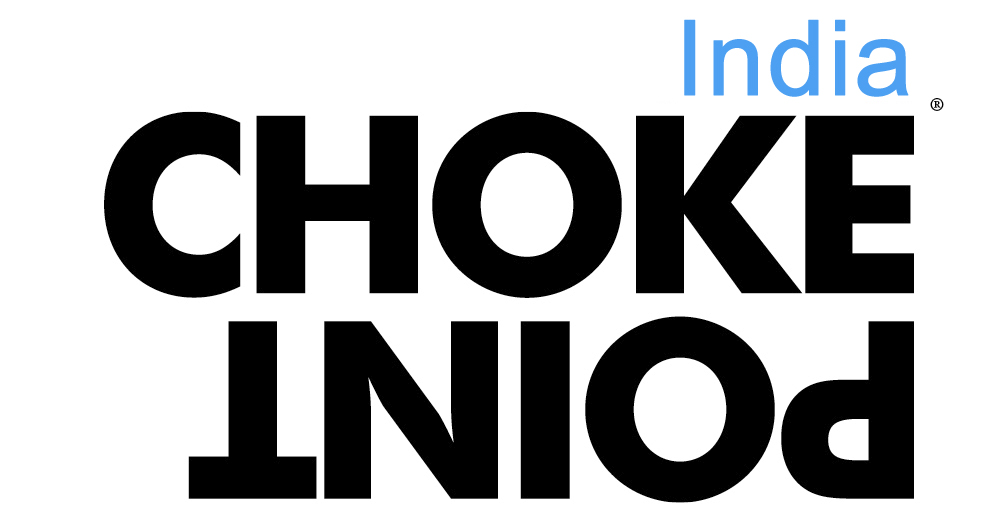
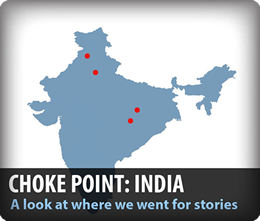
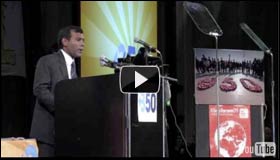
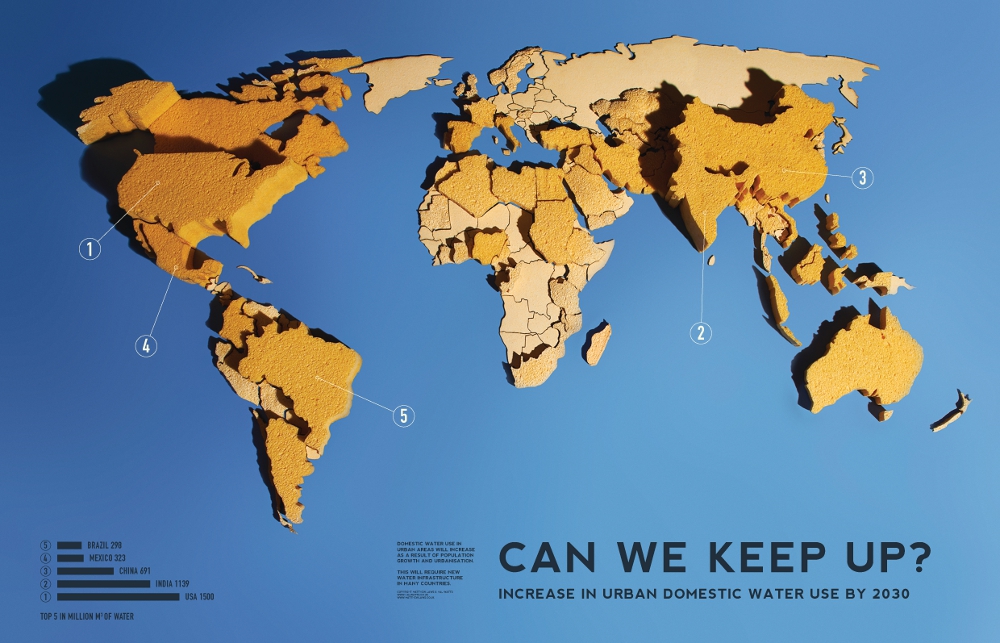
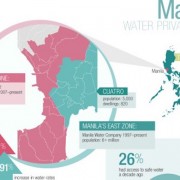

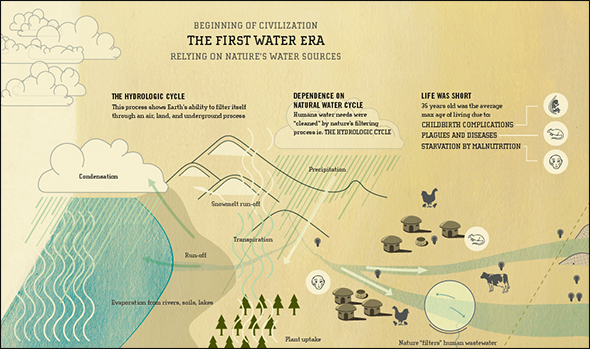


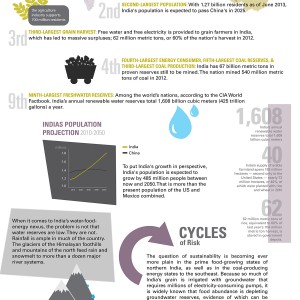
Leave a Reply
Want to join the discussion?Feel free to contribute!